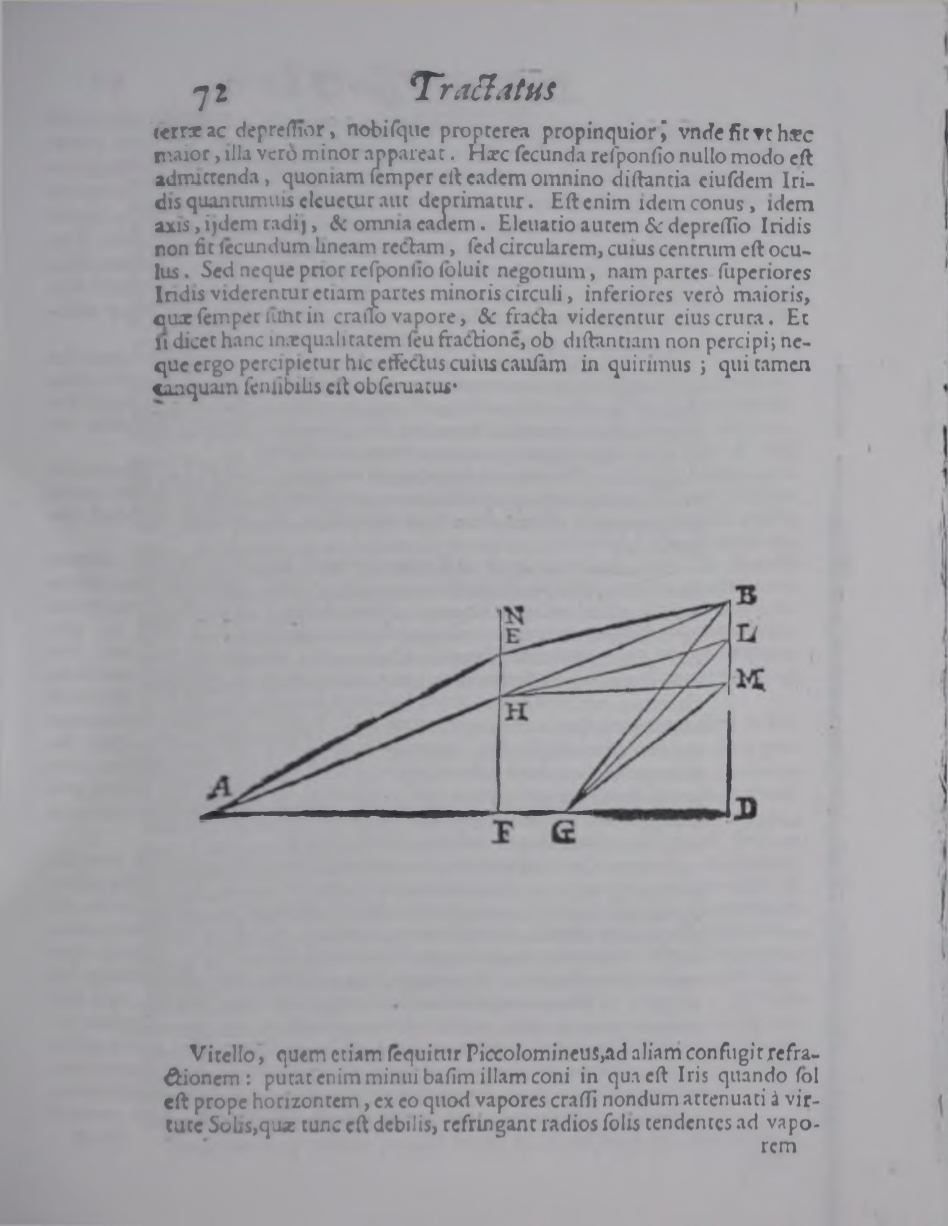
I am, however, suggesting that there is an excellent explanation for why one must look to the fourteenth century for models of expression adequate to the challenges posed by nineteenth and twentieth-century advances in mathematics: namely, that in the course of the Scientific Revolution, wherein were laid the epistemological foundations for the discoveries of modern science, certain possibilities of thought and imagination were discarded, forgotten, and certain abilities were, if only temporarily, lost. If the cosmology of the present makes use of Dante heuristically, however, it never asks the most obvious question: Why? Why does one need to go back to the fourteenth century for a poetic description of how the universe appears to modern science? Osserman assumes it to be a mere coincidence, and why should he not? What possible access would a thinker - a poet even - of the European Middle Ages have to the highest achievements of almost six centuries of subsequent thought? In answering this question, I am not proposing to naively interpret the past in our own image, claiming Dante to be a mathematical genius before his time. His claim is that in the third canticle of the Divine Comedy, which details his ascent through the heavens, Dante describes the cosmos with astonishing precision as a hypersphere, exactly as modern physics has determined it to be. Paradoxically, when it comes to trying to imagine that all-encompassing form which is derived from a four-dimensional mathematical model called a hypersphere, he turns not to ultra-modern computer-generated images nor to dry but technically accurate exegeses of mathematical formulae but rather to the verses of a fourteenth-century Italian poet, Dante Alighieri. One of the astrophysicists in question is Stanford Professor Emeritus Robert Osserman, whose 1995 book The Poetry of the Universe is an attempt to acquaint lay readers with what the most recent research suggests is the shape of the universe by leading them through a brief history of the mathematical and technological developments that made such boundary-breaking thought possible. It would not likely have occurred to him that some forty years later several astrophysicists would ask that their readers perform the same activity, at least figuratively - not, however, with the intention of experiencing medieval conceptions of the cosmos but rather in order to begin to imagine the shape of our own. Lewis would ask students to walk alone at night, gaze at the star-filled sky, and try to imagine how it might look to a walker in the Middle Ages.

In the course of his lectures on medieval literature at Oxford University in the 1950s C. © 2005 by The American Academy of Religion. The book carries this out through an examination of three notoriously complex cantos of the Paradiso, read against the background of the Neoplatonic and Aristotelian tradition from which they arise. "That problem is what to make of the Comedy's claim to the "status of revelation, vision, or experiential record - as something more than imaginative literature." This book offers a sustained treatment of the metaphysical picture that grounds and motivates the Comedy, and of the relation between those metaphysics and Dante's poetics. This book argues that the recovery of Dante's metaphysics is essential if we are to resolve what has been called "the central problem in the interpretation of the Comedy. To present Dante's ideas about the cosmos, or God, or salvation, or history, or poetry within the context of post-Enlightenment presuppositions, as is usually done, is thus to capture only imperfectly the essence of those ideas.



Dante's metaphysics - his understanding of reality - is very different from our own.


 0 kommentar(er)
0 kommentar(er)
